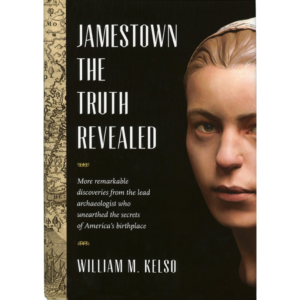Description
Investigates the development of hypotheses about how West African, possibly Igbo, cultural traditions were maintained and transformed in the Virginia Chesapeake
Enslaved Africans and their descendants comprised a significant portion of colonial Virginia populations, with most living on rural slave quarters adjacent to the agricultural fields in which they labored. Archaeological excavations into these home sites have provided unique windows into the daily lifeways and culture of these early inhabitants.
A common characteristic of Virginia slave quarters is the presence of subfloor pits beneath the houses. The most common explanations of the functions of these pits are as storage places for personal belongings or root vegetables, and some contextual and ethnohistoric data suggest they may have served as West Africa-style shrines. Through excavations of 103 subfloor pits dating from the 17th through mid-19th centuries, Samford reveals a wealth of data including shape, location, surface area, and depth, as well as contents and patterns of related feature placement. Archaeology reveals the material circumstances of slaves’ lives, which in turn opens the door to illuminating other aspects of life: spirituality, symbolic meanings assigned to material goods, social life, individual and group agency, and acts of resistance and accommodation. Analysis of the artifact assemblages allows the development of hypotheses about how West African, possibly Igbo, cultural traditions were maintained and transformed in the Virginia Chesapeake.
| Title: | Subfloor Pits and the Archaeology of Slavery in Colonial Virginia |
| Author: | Patricia Samford |
| Published: | December 16, 2007 |
| Pages: | 246 |
| Dimensions: | 6.13 x 0.8 x 9.25 inches |
| Format: | Paperback |
| ISBN: | 978-0817354541 |






